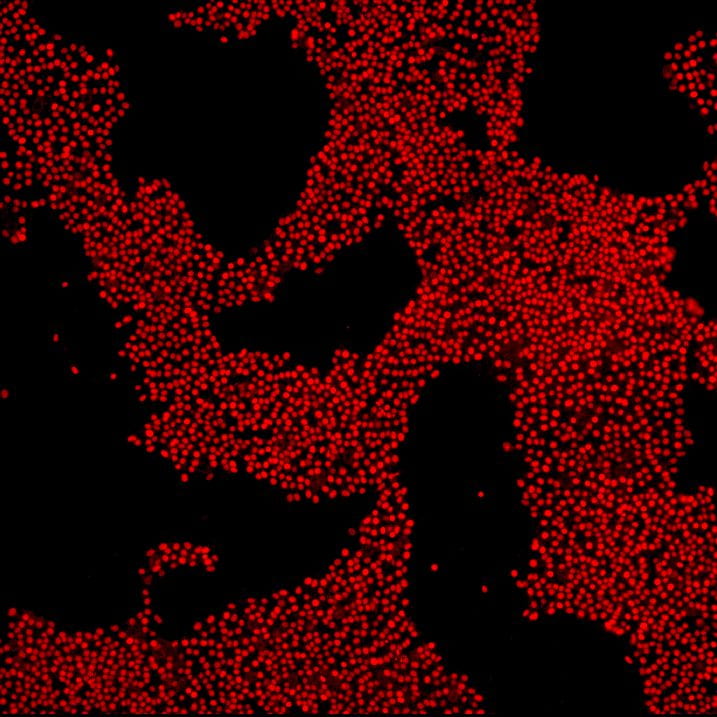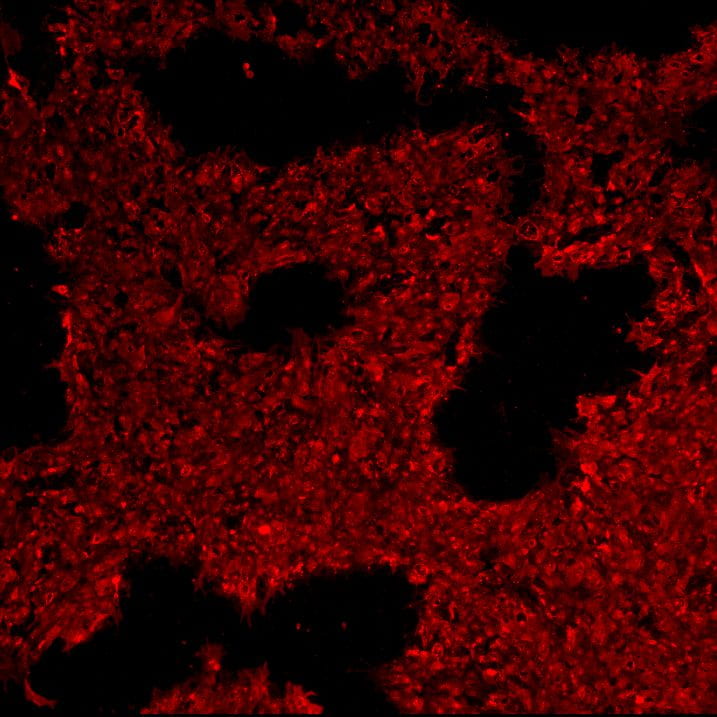Neurodegenerative diseases result from multifactorial processes that cause pleiotropic changes in the molecular networks that link a host of biological processes, leading to protein aggregation in the brain, and ultimately to the relentless decline in cognition that characterizes most age-related dementing illnesses. Neurodegenerative diseases, such as Alzheimer disease (AD), idiopathic Parkinson’s disease (PD), and frontotemporal lobar degeneration (FTLD) occur by mechanisms in which common or rare variants associated with disease risk are directly inherited or arise sporadically. Human somatic and stem cell models have emerged as a powerful system for modeling the complexities of pathological gene expression, particularly in the early phase of disease, in the context of a non-neoplastic human genome. Further, human stem cells can be differentiated into individual cell types affected in disease, such as neurons, astrocytes, microglia, and oligodendrocytes, as well as 3D “mini-brain” organoids. To this end, we have established a biorepository of stem cell models of AD and related dementias. The collection includes more than 200 human fibroblasts from the Knight ADRC and the Dominantly Inherited Alzheimer Network (DIAN) and induced pluripotent stem cell (iPSC) lines from more than 30 individuals carrying mutations in APP, PSEN1, PSEN2, GRN, MAPT, and risk variants in MAPT, APOE, TREM2, RAB10 and PLD3. Our long-term goal is to develop a set of tools and biomarkers for AD and related dementias. To do this, we will continue to build a biorepository of human somatic and stem cell models. These cells will facilitate the study of basic disease mechanisms, allow for discovery of novel biomarkers, and facilitate drug discovery platforms. We will focus on cell collection that builds on three major areas of strength in the Knight ADRC: (1) contributions of diverse ethnic backgrounds to molecular and cellular biomarkers of AD; (2) genetic and molecular modifiers of age at onset in large families with a dense family history of late onset AD; and (3) comparison of the molecular and cellular biomarkers that are common and unique between autososomal dominant AD and sporadic, late onset AD. Finally, we will make available the human somatic and stem cell lines to the broader research community to revolutionize our understanding of AD and related dementias.
Representative Papers:
A Comprehensive Resource for Induced Pluripotent Stem Cells from Patients with Primary Tauopathies
Human fibroblast and stem cell resource from the Dominantly Inherited Alzheimer Network


